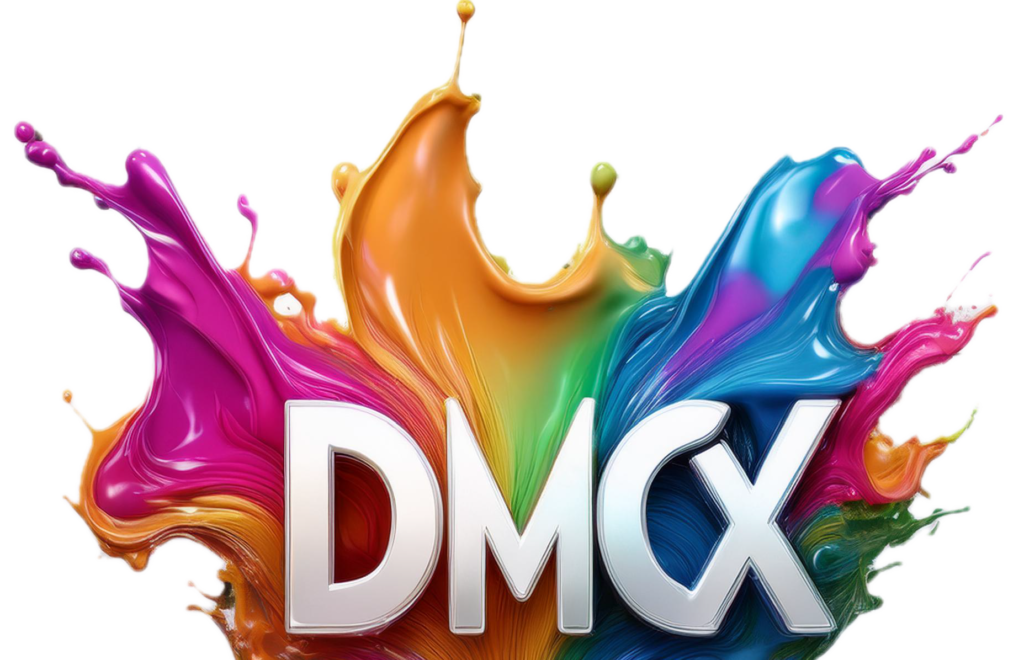Electronic Dance Music (EDM) is a vibrant and energetic genre that has taken the world by storm, captivating audiences with its infectious beats, electrifying rhythms, and pulsating basslines. This genre emerged from the electronic music scene, evolving over the years and gaining immense popularity in various parts of the world. It has become a global phenomenon, dominating the charts, clubs, and festivals.
The roots of EDM can be traced back to the 1970s and 1980s when electronic music pioneers such as Kraftwerk, Giorgio Moroder, and Yellow Magic Orchestra laid the foundation for the genre. These artists experimented with synthesizers, drum machines, and innovative production techniques, crafting a new sound that merged electronic elements with danceable rhythms. Their music served as a blueprint for the future development of EDM.
The 1990s marked a significant turning point for EDM as the genre began to flourish and gain widespread recognition. One of the pioneering acts during this era was The Prodigy. With their breakthrough hit “Firestarter” in 1996, they introduced a fusion of electronic, rock, and rave elements, pushing the boundaries of EDM and captivating audiences with their high-energy performances.
Another pivotal figure in the rise of EDM was Fatboy Slim. His infectious tracks like “The Rockafeller Skank” and “Praise You” became anthems of the late 90s, blending elements of big beat, funk, and house music. Fatboy Slim’s success helped bring EDM to the mainstream and cemented its position as a genre capable of filling arenas and stadiums.
The early 2000s witnessed a surge in popularity for EDM, thanks in large part to artists such as Daft Punk. With their album “Discovery” released in 2001, Daft Punk seamlessly blended electronic music with pop sensibilities, delivering iconic tracks like “One More Time” and “Harder, Better, Faster, Stronger.” Their music appealed to a wide audience, and their robotic personas and visually stunning live performances added an extra layer of intrigue.
As the 2010s approached, EDM reached new heights, largely due to the rise of festivals like Ultra Music Festival, Tomorrowland, and Electric Daisy Carnival. These events showcased the biggest names in the genre and attracted massive crowds of EDM enthusiasts. Artists like David Guetta, Swedish House Mafia, and Calvin Harris became household names, dominating the charts with their infectious hits and performing at sold-out shows around the world.
EDM’s appeal lies in its ability to create an immersive experience for listeners. The genre’s driving beats and euphoric melodies have a universal appeal, transcending cultural and language barriers. EDM’s energetic and uplifting nature offers an escape from reality, transporting listeners to a world of pure joy and exhilaration.
Moreover, the advent of technology and social media played a significant role in EDM’s global reach. Platforms like SoundCloud and YouTube enabled aspiring artists to share their music with a wider audience, while social media platforms allowed fans to connect with artists and fellow enthusiasts, fostering a vibrant and passionate community.
In conclusion, EDM has captivated the world with its infectious beats, mesmerizing melodies, and high-energy performances. Pioneers like Kraftwerk, The Prodigy, and Daft Punk laid the groundwork for the genre, while festivals and technological advancements propelled its popularity to unprecedented heights. EDM’s ability to create an immersive experience and its global appeal have made it a dominant force in the music industry, capturing the hearts of millions and solidifying its position as a genre that continues to evolve and thrive.
























